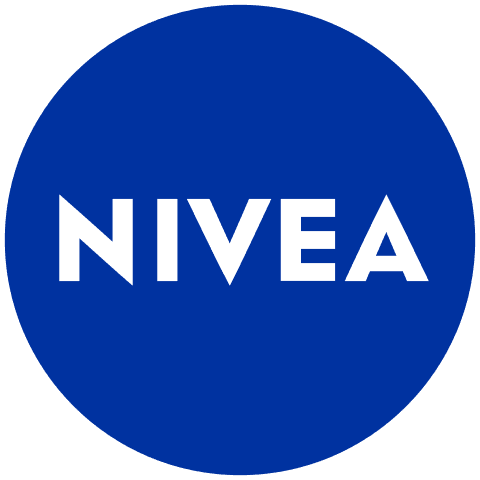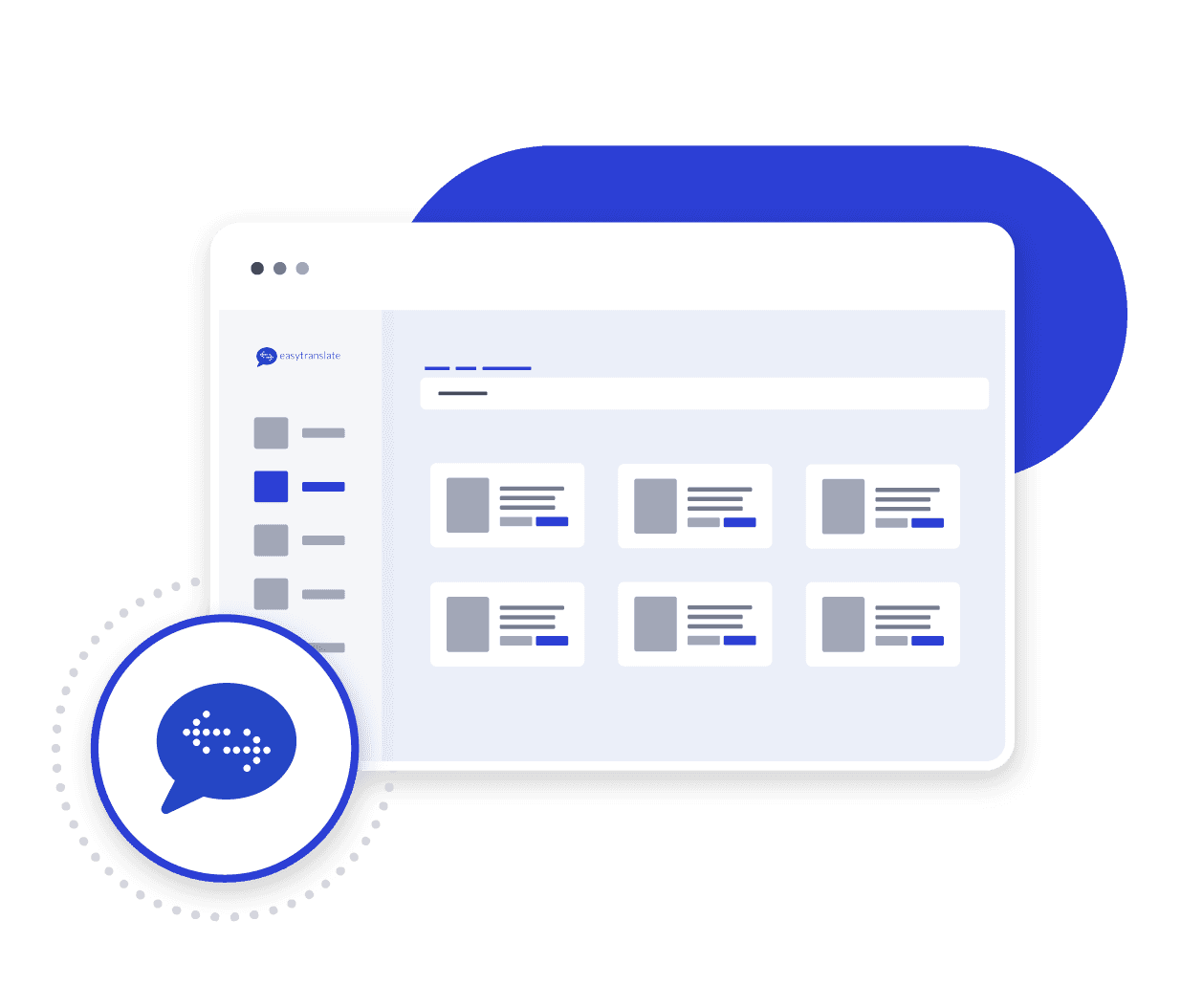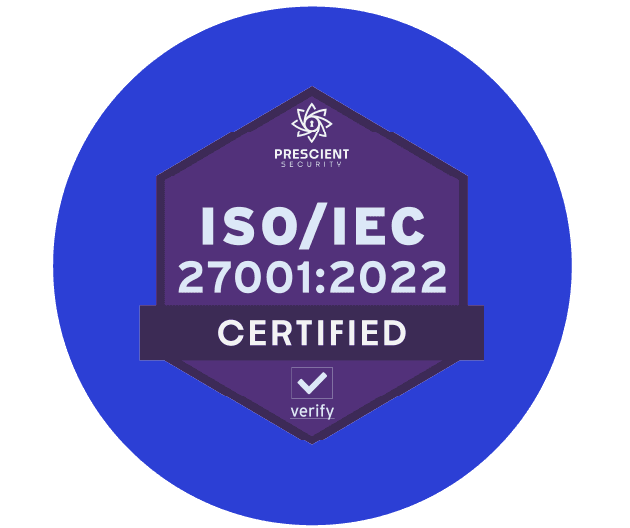FOR YOUR INDUSTRY
Authentic video game localisation
Create immersive gaming experiences in any language.

FOR YOUR INDUSTRY
Authentic video game localisation
Create immersive gaming experiences in any language.

TRUSTED BY






TRUSTED BY






TRUSTED BY






Everything you’re looking for
EasyTranslate combines everything you need to successfully translate your video game.
Everything you’re looking for
EasyTranslate combines everything you need to successfully translate your video game.
Everything you’re looking for
EasyTranslate combines everything you need to successfully translate your video game.
High-quality translations
Get accurate, context-based translations so your game feels natural and engaging in any language.
Enhanced speed
Automate your entire video game translation process to launch new quests and scenarios in no time.
Competitive pricing
EasyTranslate offers cost-effective translations so you can localise your game while staying within budget.
High-quality translations
Get accurate, context-based translations so your game feels natural and engaging in any language.
Enhanced speed
Automate your entire video game translation process to launch new quests and scenarios in no time.
Competitive pricing
EasyTranslate offers cost-effective translations so you can localise your game while staying within budget.
ACCURATE AND ON-BRAND
No more literal translations. Get context-based translations that perfectly fit your game’s story, terminology and tone of voice.
AI WITH A HUMAN TOUCH
YOUR TEAM OF FREELANCERS
EASY WORKFLOW AUTOMATION

ACCURATE AND ON-BRAND
No more literal translations. Get context-based translations that perfectly fit your game’s story, terminology and tone of voice.
AI WITH A HUMAN TOUCH
YOUR TEAM OF FREELANCERS
EASY WORKFLOW AUTOMATION

ACCURATE AND ON-BRAND
No more literal translations. Get context-based translations that perfectly fit your game’s story, terminology and tone of voice.
AI WITH A HUMAN TOUCH
YOUR TEAM OF FREELANCERS
EASY WORKFLOW AUTOMATION


Attract gamers everywhere
Translating with EasyTranslate allows gamers from all over the world to fully understand the storyline and little clues, creating truly immersive experiences.
Simplify, organise, centralise
Track the progress of your translations, keep an overview of your strings and keys and create folders to keep your team aligned - all in one place.


Attract gamers everywhere
Translating with EasyTranslate allows gamers from all over the world to fully understand the storyline and little clues, creating truly immersive experiences.
Simplify, organise, centralise
Track the progress of your translations, keep an overview of your strings and keys and create folders to keep your team aligned - all in one place.

With EasyTranslate, you also get

Unlimited users
We don’t charge for additional seats. Invite an unlimited number of team members and translate your travel content collaboratively.

Hands-on support
Our experts are happy to collaborate and find custom solutions for you. Whatever questions you have, we support you along the way.

Competitive pricing
We offer cost-effective translations for gaming companies so you can localise all your content while staying within budget.
With EasyTranslate, you also get

Unlimited users
We don’t charge for additional seats. Invite an unlimited number of team members and translate your travel content collaboratively.

Hands-on support
Our experts are happy to collaborate and find custom solutions for you. Whatever questions you have, we support you along the way.

Competitive pricing
We offer cost-effective translations for gaming companies so you can localise all your content while staying within budget.
Compatible with your systems
Receive translations in the right format and spots directly in your apps with our no-code plugins.
Compatible with your systems
Receive translations in the right format and spots directly in your apps with our no-code plugins.
Your data is safe with us
Protecting your files and information is our top priority. Your data remains safe, compliant and under your control.

Single sign-on

Annual ISO 27001 audit

GDPR compliance
Your data is safe with us
Protecting your files and information is our top priority. Your data remains safe, compliant and under your control.

Single sign-on

Annual ISO 27001 audit

GDPR compliance
Your data is safe with us
Protecting your files and information is our top priority. Your data remains safe, compliant and under your control.

Single sign-on

Annual ISO 27001 audit

GDPR compliance
Users love us





Excellent service and great translation
The software is easy to use and the service team supports you all the way if needed.
Customer comes first
Rarely does one have the pleasure of working with a company with such clear values towards customer satisfaction.
Users love us





Excellent service and great translation
The software is easy to use and the service team supports you all the way if needed.
Customer comes first
Rarely does one have the pleasure of working with a company with such clear values towards customer satisfaction.
Users love us





Excellent service and great translation
The software is easy to use and the service team supports you all the way if needed.
Customer comes first
Rarely does one have the pleasure of working with a company with such clear values towards customer satisfaction.
See EasyTranslate HumanAI in action
Talk to one of our experts and experience EasyTranslate HumanAI first-hand.
See EasyTranslate HumanAI in action
Talk to one of our experts and experience EasyTranslate HumanAI first-hand.
LangOps Platform
Services
Titangade 9-11, 2200 Copenhagen N, Denmark
Tel: +45 70 20 55 50 | hello@easytranslate.com
Copyright Ⓒ 2025 EasyTranslate A/S. All rights reserved.
VAT: DK33240562
LangOps Platform
Services
Titangade 9-11, 2200 Copenhagen N, Denmark
Tel: +45 70 20 55 50 | hello@easytranslate.com
Copyright Ⓒ 2025 EasyTranslate A/S. All rights reserved.
VAT: DK33240562
LangOps Platform
Services
Titangade 9-11, 2200 Copenhagen N, Denmark
Tel: +45 70 20 55 50 | hello@easytranslate.com
Copyright Ⓒ 2025 EasyTranslate A/S. All rights reserved.
VAT: DK33240562















